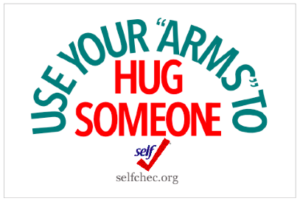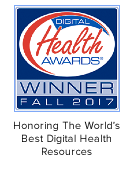
by Joan Peckolick
“I just feel that getting out there physically and protecting New York, putting my arms around everyone and protecting them… to see this happen to our city and our community.” 1
~Sigourney Weaver, Actress
Living in New York City that fateful day the The World Trade Center Towers disappeared forever, I still find myself looking downtown as I approach the city, hoping that magical thinking will fill the hole in the skyline with the same images that had been there before. Instead I remember seeing some of the burning ashes, like dark snowflakes, wafting through the air as I walked to my apartment on 106th Street. In stark contrast to the chaos that was happening that day and others to follow, a stranger came up to me and gave me an unsolicited hug. Any other day I would have shunned her reaching out like that, but that day was different, I welcomed her into my arms and hugged her back. Clearly we were both trying to comfort each other and make sense out of the cruel and senseless warlike act that had befallen our city.
On December 14th, 2012 and April 15th, 2013 as I watched the people in Newtown hugging their children close after twenty young children and six adults were massacred at the Sandy Hook School, and lethal homemade bombs exploded and maimed innocent people at the Boston Marathon, I remembered again, not only how I felt on Sept 11th, but also another tragic day in 1990 when I hugged my daughter closely after delivering the unbelievable news that her father at 35 years old was dying of cancer.
The hard facts about how many loved ones are taken from our hearts everyday is shocking. The statistics tell us that approximately 4,700 people die from a chronic disease each day, 1 including 4 of our children, from cancer alone, 2 and 268 people who succumb to a violent act, 3 including 8 of our precious children. 5 That’s more than 100,000 people each year. Losing a loved one to an act of physical
violence, or a devastating disease is heartbreaking and unfathomable and these statistics have to change.
While the government is trying to find ways to protect us through gun safety initiatives and using research to find cures for catastrophic disease, how do we explain to our children incomprehensible acts of violence and loss? At these times we lift our arms and keep those dear to us as close as possible. And at these times, hugs can become the band-aids we offer each other as a temporary measure of protection and comfort. They can help us feel safer, and even try to help us overcome our feelings of impotence when a tragedy occurs. Maybe even help diffuse a potential situation before it happens.
A hug can help a person feel less alienated ~ an emotion described by some of the perpetrators of these heinous events. A hug and supportive words like “I love you and want you to keep healthy” can also help protect us from chronic diseases like cancer and heart disease because evidenced-based information says it is often for others we care about and who care about us, that we will do something for ourselves. Hugs are available to anyone at any age and they are free. A hug is the most powerful non-verbal gesture we have to reassure ourselves, as well as others, that for the moment, everything will be okay.
Some may think this is a very simplistic idea that will not solve the overarching problems we face in America right now. It won’t. We are hoping it will prove to be a safe and constructive way to help empower ourselves and our children. In a world that is so much out of control, we all need an action we can control, because losing a loved one, whether it is to an act of physical violence, or a devastating disease, is truly heartbreaking and unfathomable, and the bottom line for me and I hope for you, is that if it helps one person, we’ve done our job.
“Hugs should be available at the medical stores 24/7. Sometimes, they are the best healers for almost everything.” ~Minhal Mehdi
1 CDC Chronic Disease Prevention and Health Promotion
2 National Cancer Institute
3 The Brady Campaign







